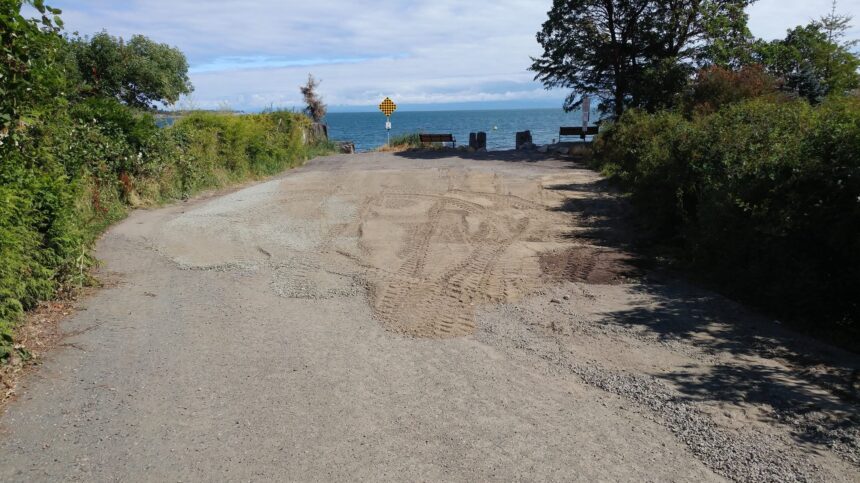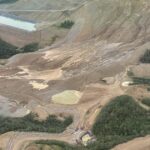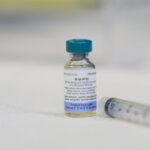In a concerning development for summer beachgoers, Island Health has issued water quality advisories for three popular Vancouver Island beaches, bringing the total number of affected shorelines to five across the region. The latest health notices affect Willows Beach in Oak Bay, Ross Bay Beach in Victoria, and Transfer Beach in Ladysmith, where elevated bacteria levels have been detected during routine water sampling.
The advisory, which comes at the height of swimming season, warns visitors that swimming in these waters may pose an increased risk of illness, particularly for young children, elderly individuals, and those with compromised immune systems.
“Summer beach days are a cherished tradition for many families, but public safety must take precedence,” said Dr. Murray Fyfe, Medical Health Officer for Island Health. “These advisories are preventative measures based on scientific evidence of bacterial contamination exceeding acceptable thresholds.”
The affected beaches join two others already under advisory: Esquimalt Lagoon and Glen Lake Beach in Langford. Testing at these locations revealed higher than acceptable levels of E. coli bacteria, which can cause gastrointestinal illness, skin infections, and other health concerns for swimmers.
Island Health conducts regular water quality testing at recreational beaches throughout the region during summer months. The testing measures levels of fecal coliform bacteria, which typically enter waterways through urban runoff, agricultural activities, wildlife waste, and occasionally, sewage discharge events.
Local environmental scientists point to several potential contributing factors for the current situation. “We’ve seen a combination of warmer water temperatures, which can accelerate bacterial growth, along with recent rainfall that may have increased runoff into coastal waters,” explained Dr. Angela Chen, marine biologist at Pacific Coastal Research Institute.
The Capital Regional District’s environmental monitoring team confirms they are working closely with Island Health to identify contamination sources and implement mitigation strategies. “Our priority is identifying whether these are short-term spikes related to recent weather events or indicators of more persistent issues requiring infrastructure improvements,” said Robert Sanchez, CRD Environmental Protection Officer.
Municipal officials in affected areas have posted warning signs at beach access points and are urging visitors to respect the advisories. While the beaches remain open for walking and other non-water activities, swimming, wading, and underwater activities are discouraged until further notice.
Health authorities emphasize that advisories will be lifted once bacteria levels return to acceptable parameters, typically requiring multiple consecutive tests showing improved water quality. Daily monitoring continues at all affected locations.
For residents seeking alternative swimming options, several Vancouver Island beaches remain under normal status, including Cadboro Bay in Saanich and Parksville Community Beach, where water quality testing continues to show acceptable bacterial levels.
As climate change impacts coastal environments and population growth increases pressure on aging infrastructure, how will Vancouver Island communities balance recreational access with environmental health in the coming decades?
For the latest beach advisory information, residents can visit the Island Health website or contact their local municipal office.

























